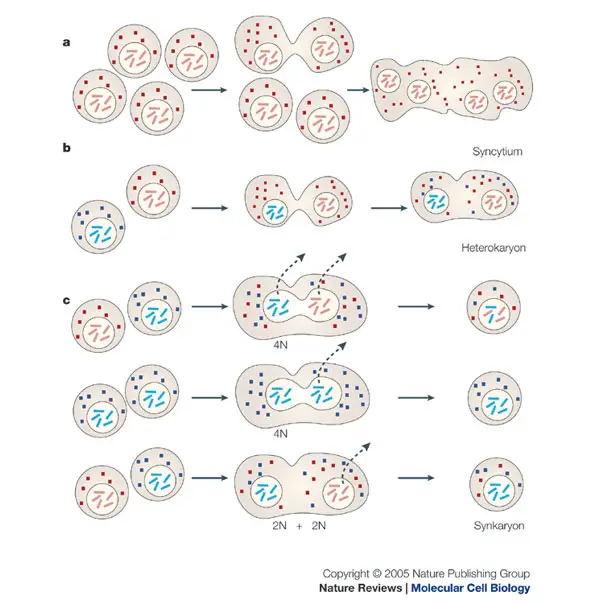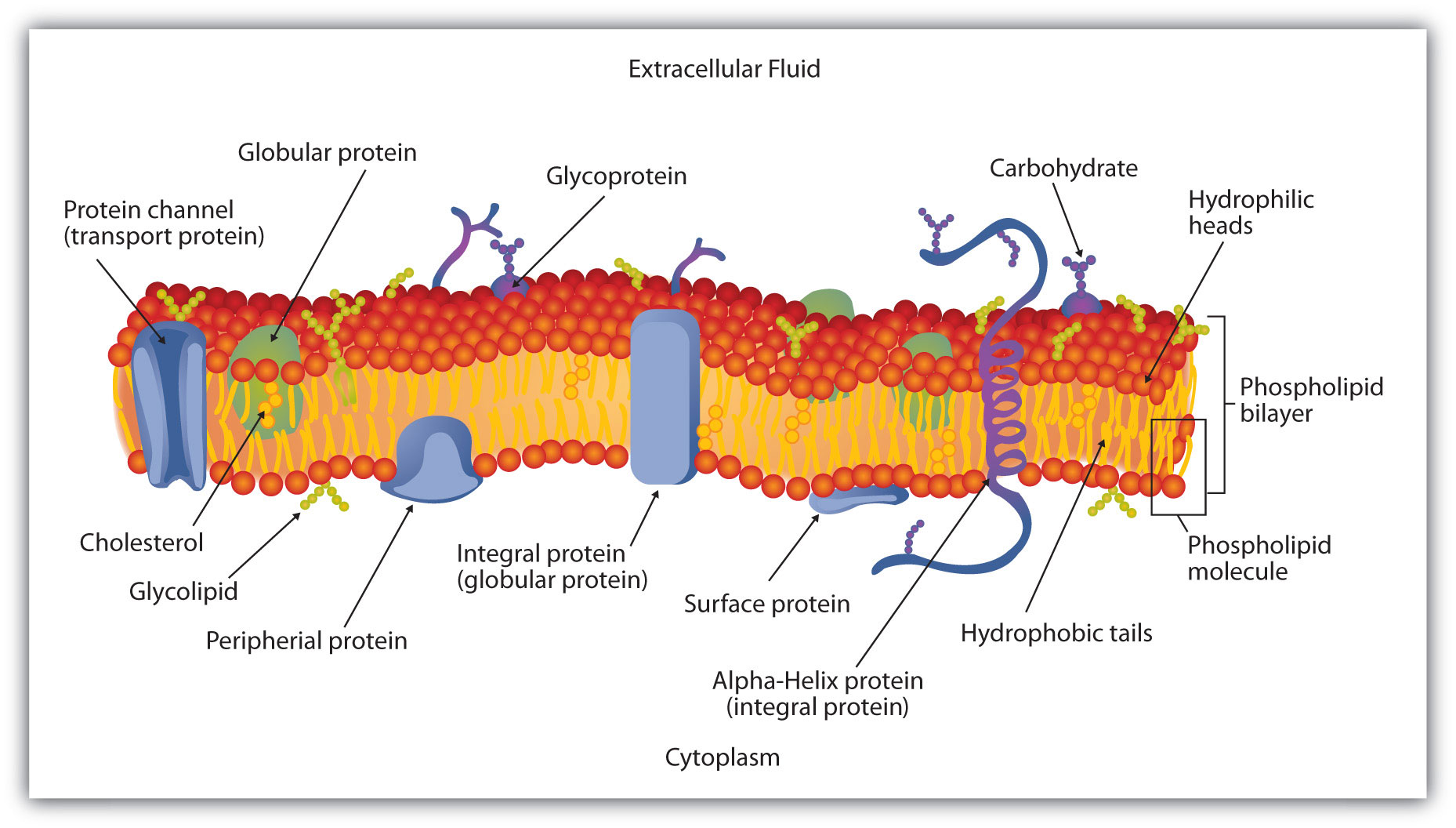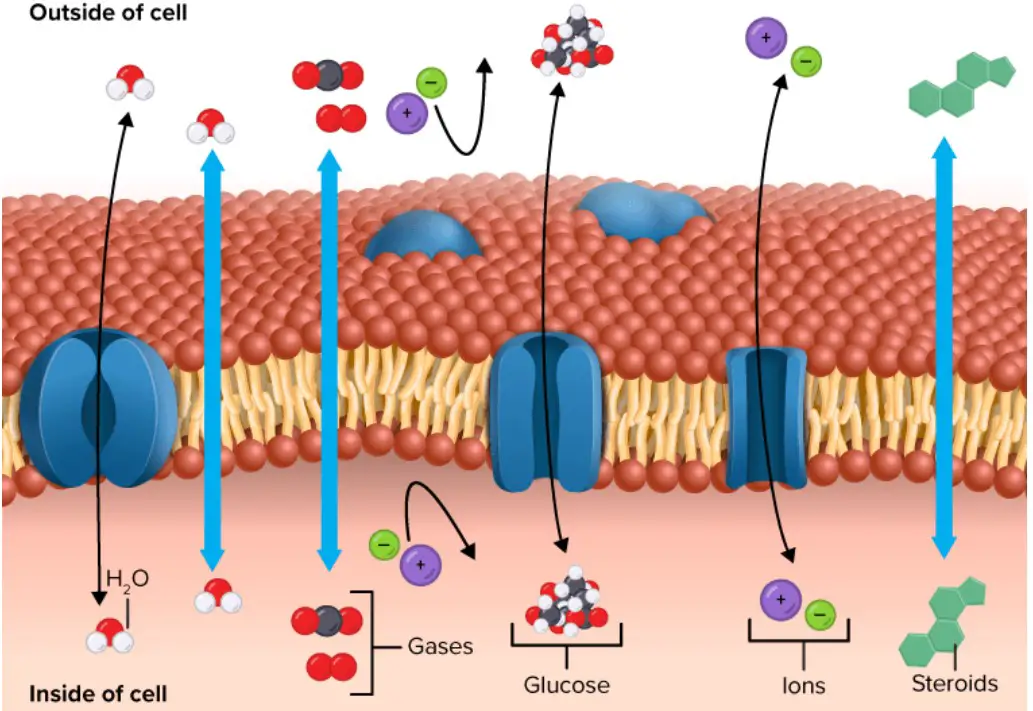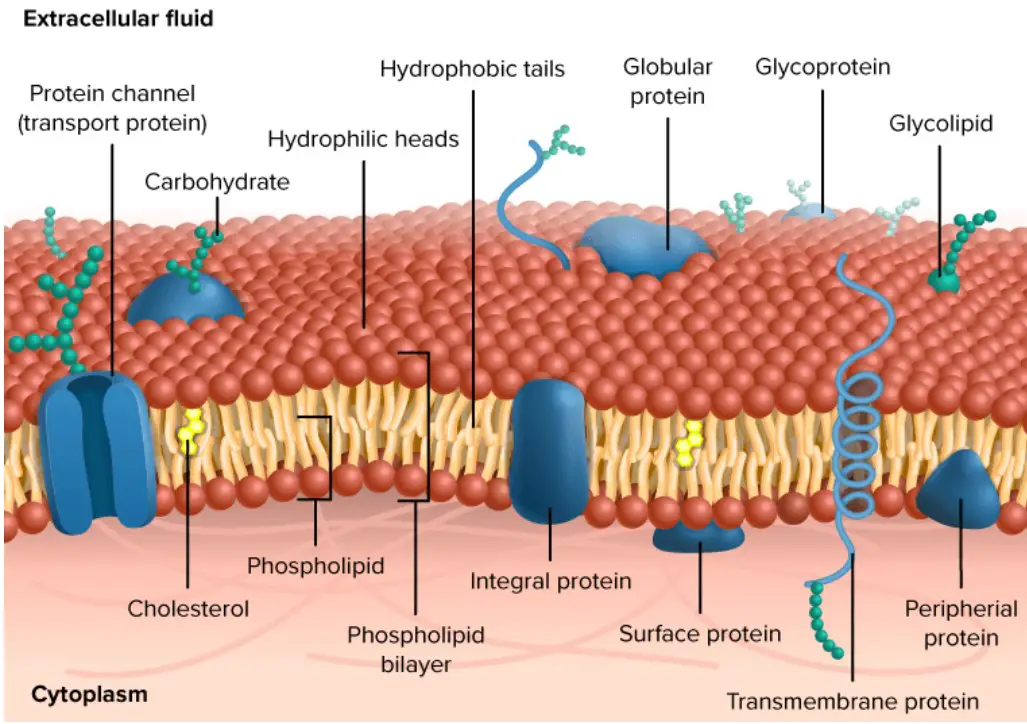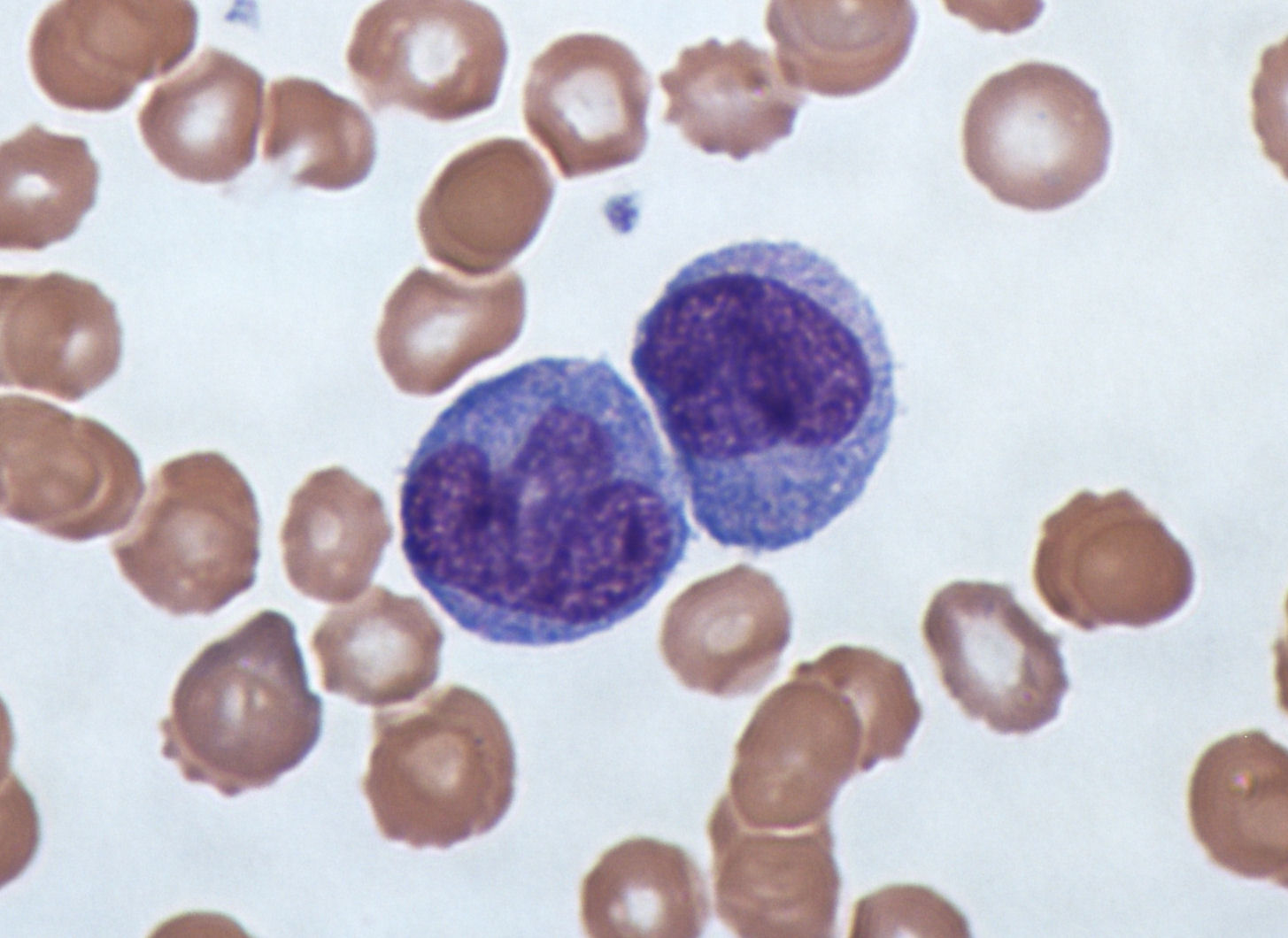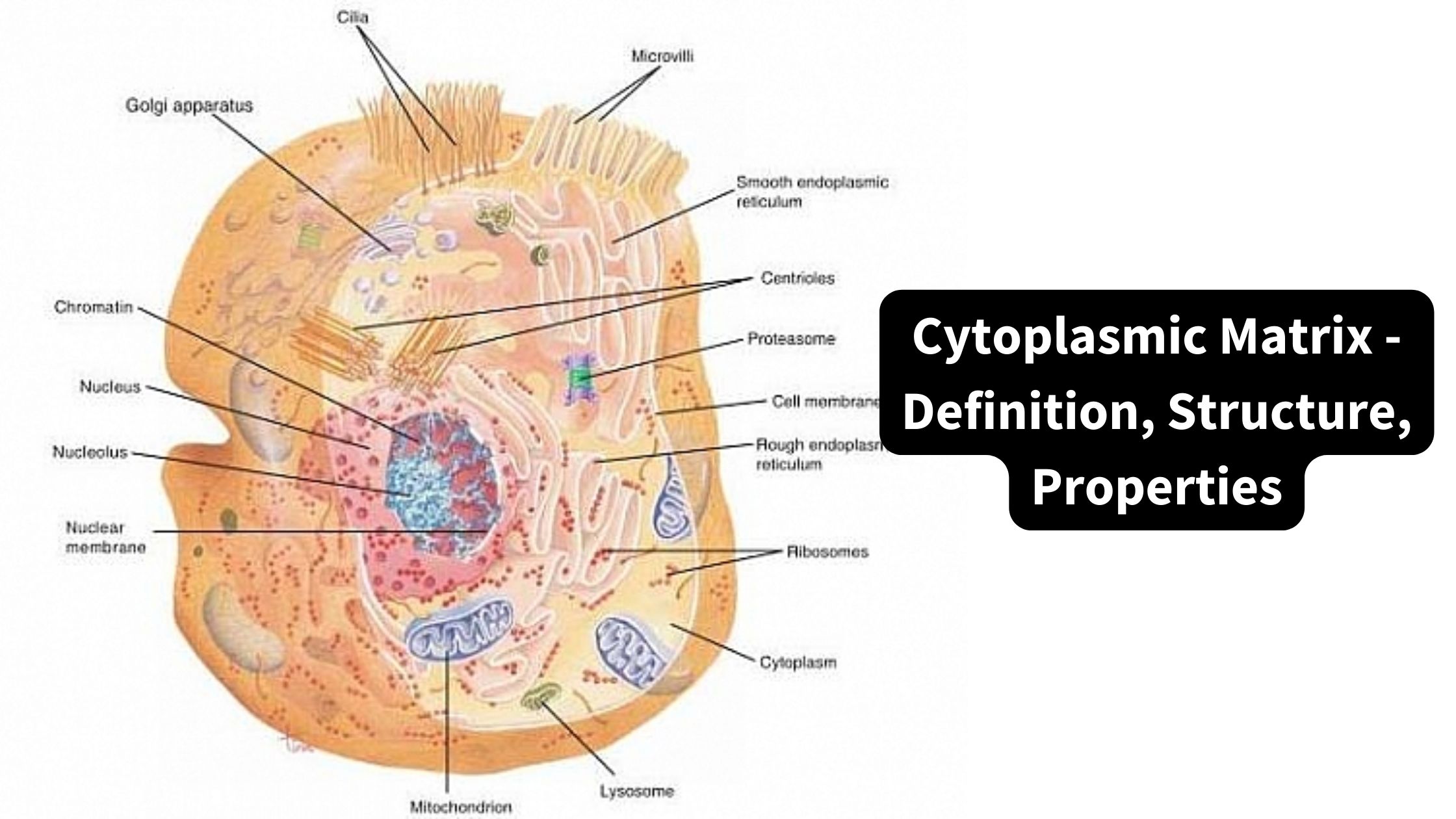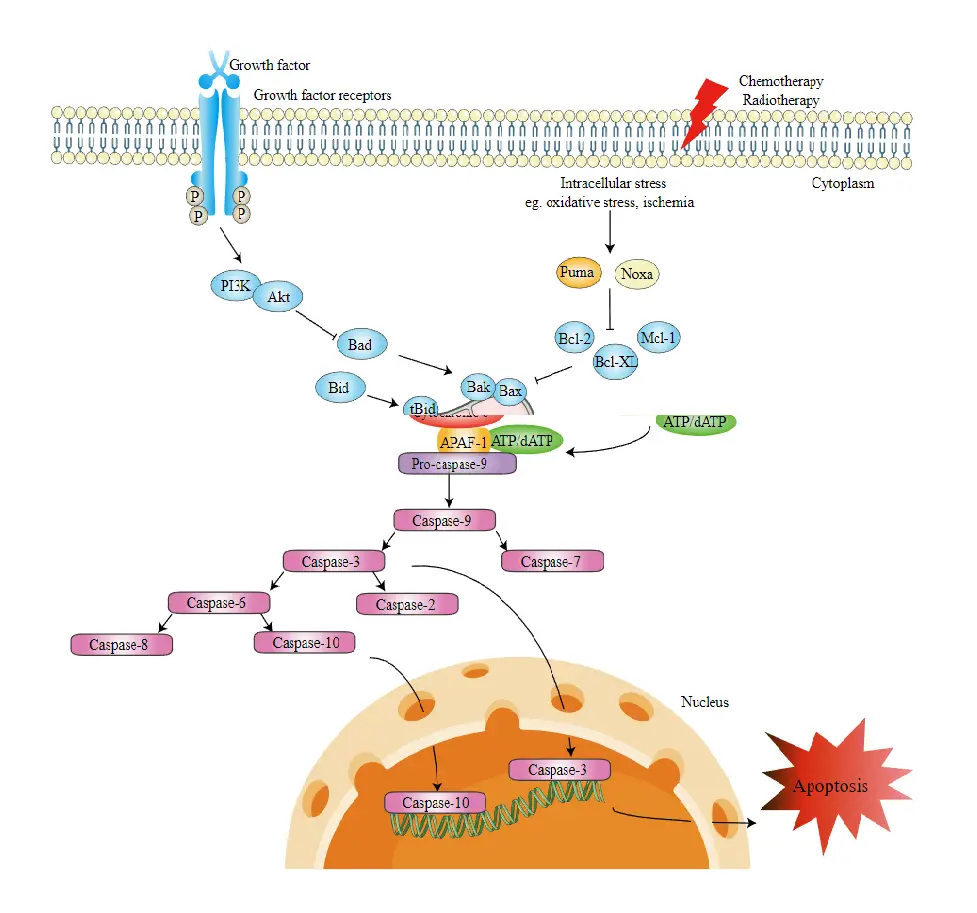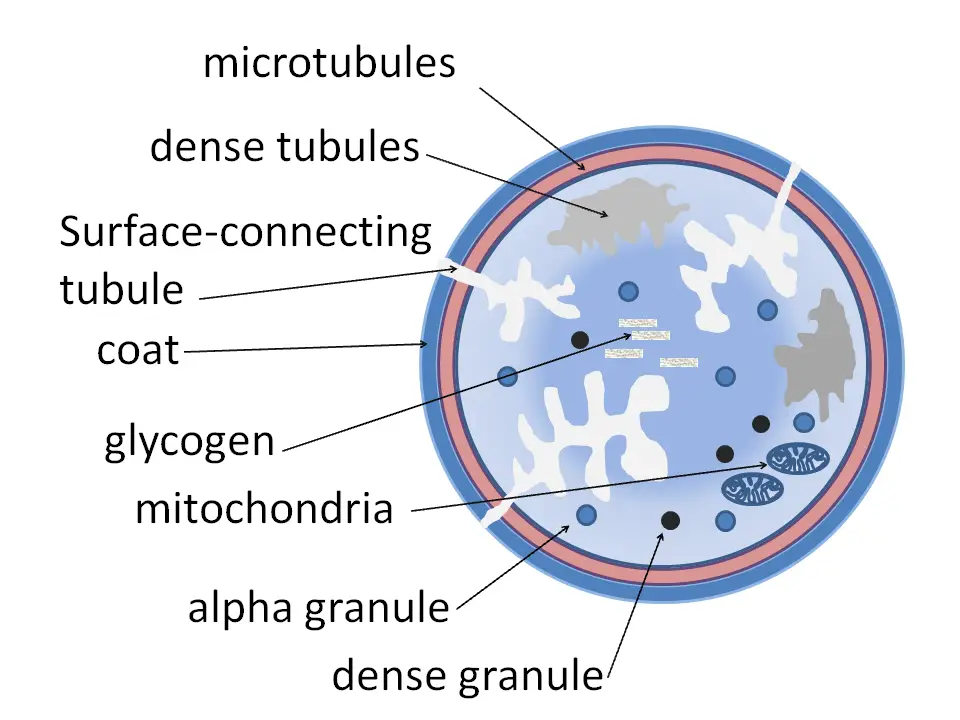Cell Fusion – Definition, Types, Significance
What is Cell Fusion? Types of Cell Fusion Cells can fuse in one of two ways. Both homotypic and heterotypic cell fusion fall into this category. 1. Homotypic cell fusion 2. Heterotypic cell fusion 3. Other types of cell fusion There are several different types of cell fusion that can occur in both plant and … Read more
